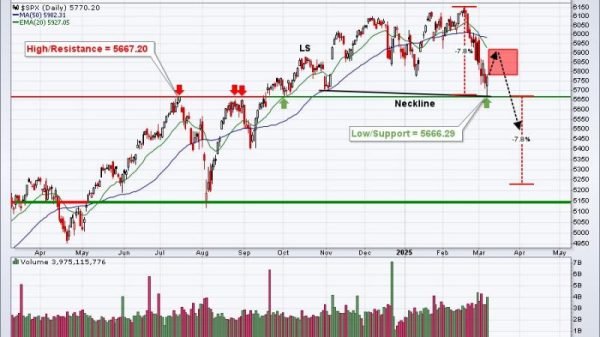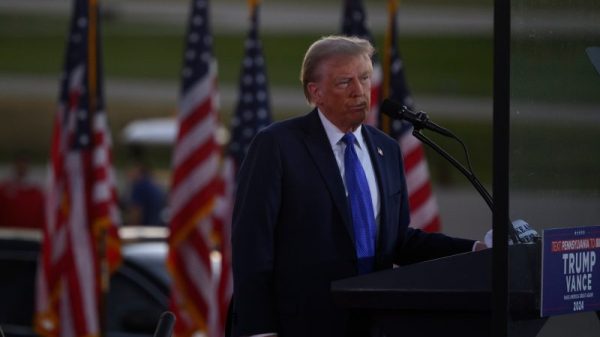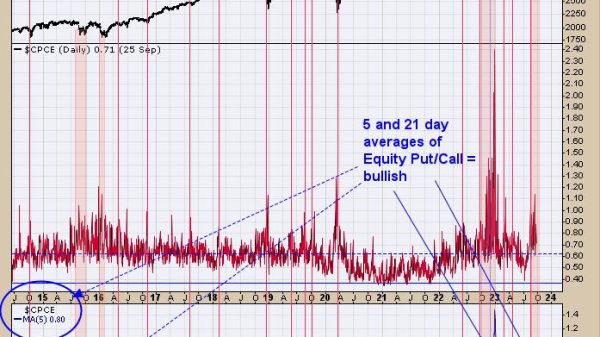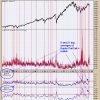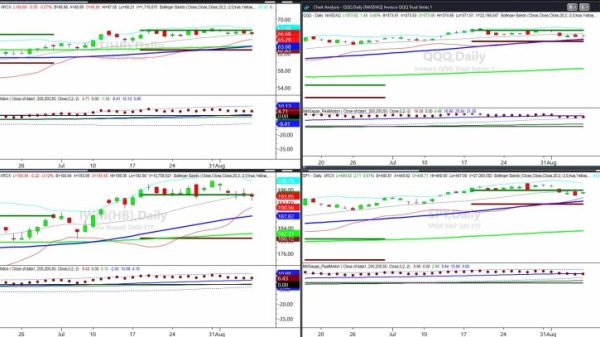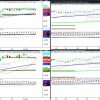Tin prices surged on the London Metal Exchange (LME) last week, approaching two year highs.
The metal hit US$33,130 per metric ton (MT) on April 11 before pulling back to US$32,000, a 27 percent increase year-to-date. Playing into this trend is speculative buying, with fund positioning reaching levels not seen since March 2022.
The surge also reflects investors’ confidence in supply chain challenges and resurgent demand.
Tin, which is essential in areas like electronics manufacturing, is facing supply disruptions in key producing regions. Delays in export licensing in Indonesia have been a headwind, although authorities are now catching up. Meanwhile, Myanmar’s Maw Maw mine is facing uncertainty and violence is escalating in the Democratic Republic of Congo.
The LME inventory changes in Q1 offer valuable insight into market dynamics. LME headline tin stocks have plummeted by 46 percent since the start of the year, reaching their lowest levels since July. This decrease has affected short-dated time spreads, with the benchmark cash-to-three-months period shifting from contango to backwardation.
Meanwhile, there are signs of a demand recovery in the electronics sector, where tin is extensively used. Semiconductor sales, a key indicator of electronic goods demand, have been on the rise, contributing to tin’s upward momentum.
Funds have rushed into the London tin market, with positioning at its most bullish since the mega rally of 2021 and early 2022. This influx of speculative capital is adding further volatility to the market, especially as supply threats multiply.
Contextualizing tin’s price rise
In 2023, tin prices rose by 2.45 percent, followed by an 8.01 percent increase in the first quarter of 2024, leading the base metals sector. As mentioned, tin prices surpassed US$33,000 on the LME on April 11.
Nickel, the second least liquid LME metal, experienced a volatile year in 2023, dropping by 44.75 percent, but posting a marginal gain of 0.88 percent in Q1 of this year. Copper was down 2.1 percent in 2023, but rose 2.99 percent in Q1.
In an April 8 update, analysts at Fastmarkets note that they were expecting a ‘bear market rally’ in tin this year. They added that they were confident it could break US$28,000 to US$29,000 before starting to consolidate.
Tin has now done so, and the firm shared its thoughts on market dynamics moving forward.
‘We suspect that global supply uncertainty, especially coming from the Myanmar Wa state, will play its role in supporting higher tin prices. Additionally, improving macroeconomic conditions, backed with positive seasonality, should attract fund managers to turn net long on tin again,’ Fastmarkets states.
World Bank calls for tin price decline in 2024
A recent blog post based on the World’s Bank’s 2023 Commodity Market Outlook shows that the organization’s Metals and Minerals Price Index experienced a 0.13 percent decrease in Q4 2023, attributed to slowing economic activity in major economies, which has dampened demand despite supply recoveries for some base metals.
Metal demand growth slowed to 0.6 percent in Q3 2023 as global manufacturing activity remained subdued. Monetary tightening in advanced economies also weighed on consumer demand for metal-intensive durable goods.
Metal output increased in the first three quarters of 2023 after disruptions in 2022. Notably, nickel production grew by 15 percent for the period January to September 2023, mainly driven by increasing supply from Indonesia.
Similarly, despite production disruptions in Chile, global copper production rose by 7 percent for the same period in 2023, attributed to capacity expansions in major producers like China and the Democratic Republic of Congo.
Overall, the organization expects metals prices to fall by 5 percent in 2024 before stabilizing in 2025. Nickel is seen experiencing the largest price decline this year, followed by aluminum, tin, zinc, lead and copper.
The outlook is subject to various risks, including a sharper slowdown in activity among advanced economies and China, as well as trade restrictions, geopolitical tensions and potential disruptions in energy markets due to conflicts in the Middle East. Moreover, short-term risks such as environmental concerns, labor disputes, adverse weather conditions or technical problems could disrupt mining operations in regions like Africa, the Americas, Australia and Indonesia.
In the longer term, the World Bank said an acceleration in the energy transition is expected to support prices of some base metals, notably aluminum, copper, nickel and tin. Investors and market watchers should closely monitor key producing regions and the electronics sector for further insights on future price trends.
Securities Disclosure: I, Giann Liguid, hold no direct investment interest in any company mentioned in this article.






